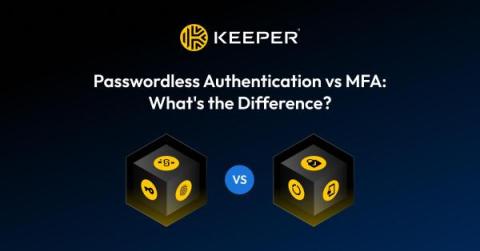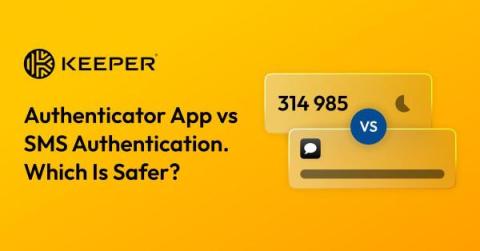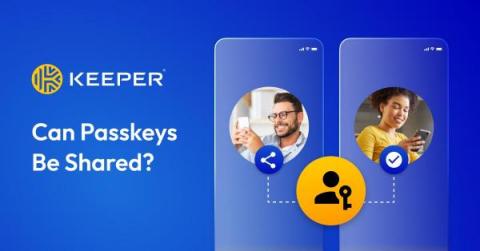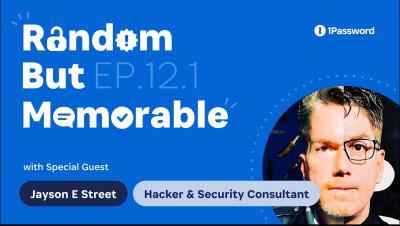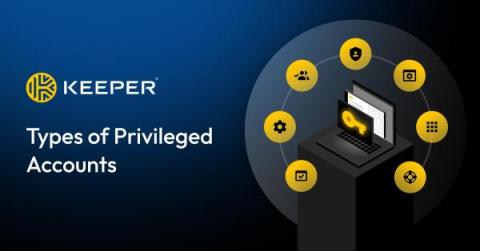Passwordless Authentication vs MFA: What's the Difference?
The main difference between passwordless authentication and Multi-Factor Authentication (MFA) is that passwordless authentication completely removes the use of passwords, whereas MFA is used in conjunction with passwords. There are also differences in a user’s login experience when using passwordless authentication versus MFA, deploying each of them and their cost. Continue reading to learn more about the differences between passwordless authentication and MFA.


